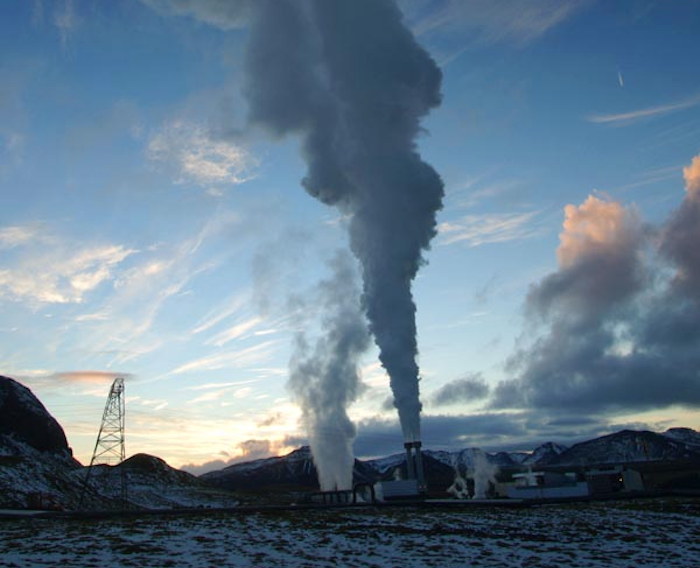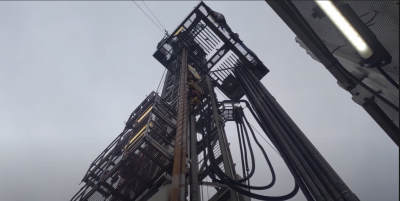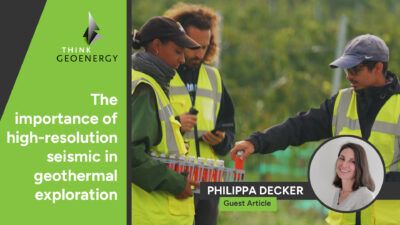CO2 storage as option for geothermal heat recovery
New research could provide a solution not only to capture CO2 but to use it as energy storage assisting also in the inherent intermittence of some renewable energies
Carbon capture has been debated and is currently being tested as a possible way to decrease overall CO2 emissions. New research could provide a solution not only to capture CO2 but to use it as energy storage assisting also in the inherent intermittence of some renewable energies. According to New Scientist: “Tom Buscheck from the Lawrence Livermore National Laboratory in California and his colleagues who presented a design for this type of energy storage at the European Geosciences Union general assembly last week in Vienna, Austria.”
The main idea behind Mr Busheck’s proposal is to store captured CO2 in superciritical form underground using excess electricity and then used to power supercritical CO2 turbines, more efficient than traditional turbines used for example in geothermal energy.
As stated in the original article: “As the CO2 is pumped in, it will displace some brine, which is collected at the surface. Surplus energy can also be used to heat the brine and circulate it down into the deep rocks, which are able to store the heat effectively. When the heated brine comes into contact with the CO2, it causes it to expand, thereby increasing the pressure of the stored CO2. The heat energy can be gathered by allowing the CO2 to depressurise, spinning supercritical CO2turbines, which are 50 per cent more efficient than the steam equivalent. The team’s modelling suggests that the system could regather up to 96 per cent of the heat stored. Their approach could help solve a major problem with renewables: intermittent power.”
This model has some significant limitations, specially when considering that the amount of stored CO2 is not to big, or at least big enough to have a impact at a global scale. Nevertheless, research and innovation will bring more solutions in the years to come.
Carbon capture technology from a different perspective is being also implemented at the moment in Iceland.
To read the full article, please follow the link below:
Source: New Scientist


















